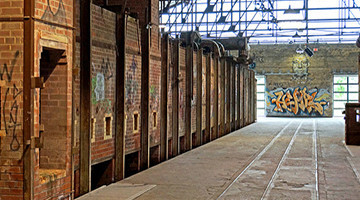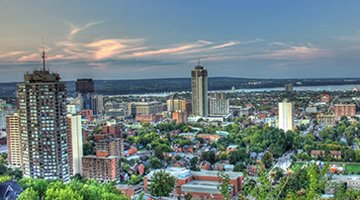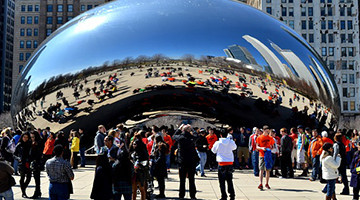Hot Topics
Place Making
Museums tend to be urban landmarks in their cities. Historically museums have had the status of temples of knowledge and have been located in palaces and historic buildings of the city. This was the case when the majority of national museums started to proliferate in the 19th century, automatically giving the neighborhood where they were located a look and feel of power and importance, as did houses of parliament, opera houses or botanical gardens. No wonder some of the oldest museums are located in the historic centers of cities close to other symbolic buildings, giving the city a unique identity and a sense of place that goes back several centuries.
Nowadays museums continue to be key in place making of modern cities, especially as contemporary architecture tends to go hand in hand with new museum and urban development. Contemporary architecture is undoubtedly a dominant force in the place making of 21st-century cities. There is hardly a major city that has not embarked in recent years on some sort of urban renewal process involving an iconic museum. The underlying reason for such developments is often to enliven a depressed area of the city, improve its livability and create a sense of place.
Beyond architecture and public space, museums also interact with their immediate environment by supporting a social fabric that enhances local identity and sense of place. Through their cultural programs and initiatives—outreach activities and collaborative projects with nearby schools, universities, civic associations and other cultural institutions and research centers—museums establish informal relationships with other organizations in the vicinity. These relationships have a place-making effect. When a museum contributes to creating a strong sense of place, it also contributes to a higher quality of life and a more vibrant social and cultural scene. More talented and creative people may wish to live in the vicinity, and more knowledge-economy firms may relocate there to benefit from the creative environment. Museums present beautiful, accessible and meaningful spaces in which communities and individuals can meet, exchange ideas and solve problems.
Discover more on place making
place making in books




